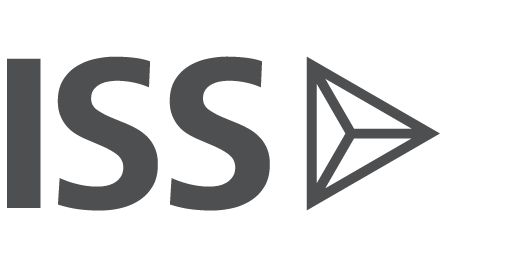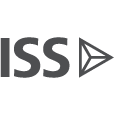The main features of a board with an audit committee are:
- Committee composition: The audit committee requires a minimum of three committee members, a majority of whom must be outsiders.
- Committee authority: A director who is an audit committee member holds the same authority as an audit committee member on a U.S. style board with three committees.
- Other committees: The board with an audit committee is not required to set up an official nomination committee or compensation committee. (Companies can voluntarily establish nomination or compensation committees, but those committees will not have any legally binding authority.)
- Appointment: The distinction between directors who are audit committee members and other directors must be made in the director election proposal.
- Term: Directors who are audit committee members are elected for a two-year term, while other directors are elected annually.
As of May 22, ISS Quickscore Data shows 172 companies that have announced their transition to a board with the audit committee structure.
Stewardship Code
In 2014, Japan’s Stewardship Code was introduced. The code employs a comply-or-explain approach. Under the code, stewardship responsibilities refer to those of institutional investors to enhance mid- to long-term investment returns by increasing the value of portfolio companies through constructive dialogue. Code signatories are expected to engage with Japanese companies with a view toward increasing investment return. Japanese companies are now known for low return on equity (ROE), a reflection of generally low equity investment return from the Japanese market over the past few decades. As such, ROE is among the topics of investor engagement with issuers under Japan’s Stewardship Code. As of February 2015, there are 184 signatories, which include major Japanese asset managers.
Board independence
While a mandatory requirement to appoint outside directors has not yet been implemented, an increasing number of Japanese companies are introducing outside directors for the first time. ISS covered more than 290 Japanese AGMs in March. Within this universe, 83.9 percent of boards had at least one outside director, which is a significant increase over the 71.3 percent that ISS data show as having an outside director in December 2014, and the 61.5 percent in December 2013 (both based on the entire ISS Japan coverage universe of more than 2,700 companies).
Companies with March meeting dates whose boards include “independent outside” directors – as distinguished from “outside” directors – came to 58.5 percent of the total, which is also a significant increase compared with 44.6 percent as of December 2014, and 36.2 percent as of December 2013. Companies with multiple outside directors also increased to 41.5 percent, a 10 percentage point jump from December 2014. Among the factors driving that trend is the amended Corporate Law, which requires companies to explain why they think the appointment of outside directors is inappropriate, should they opt not to appoint any outside directors, and also the Corporate Governance Code, which encourages companies to appoint at least two outside directors. Finally, vote results where top executives received relatively high opposition at firms with all-insider boards are regarded as applying pressure on those boards to appoint outside directors.–ISS Japan Research Team
Governance Exchange members can find a full copy of the 2015 Japan Proxy Season Preview here.



